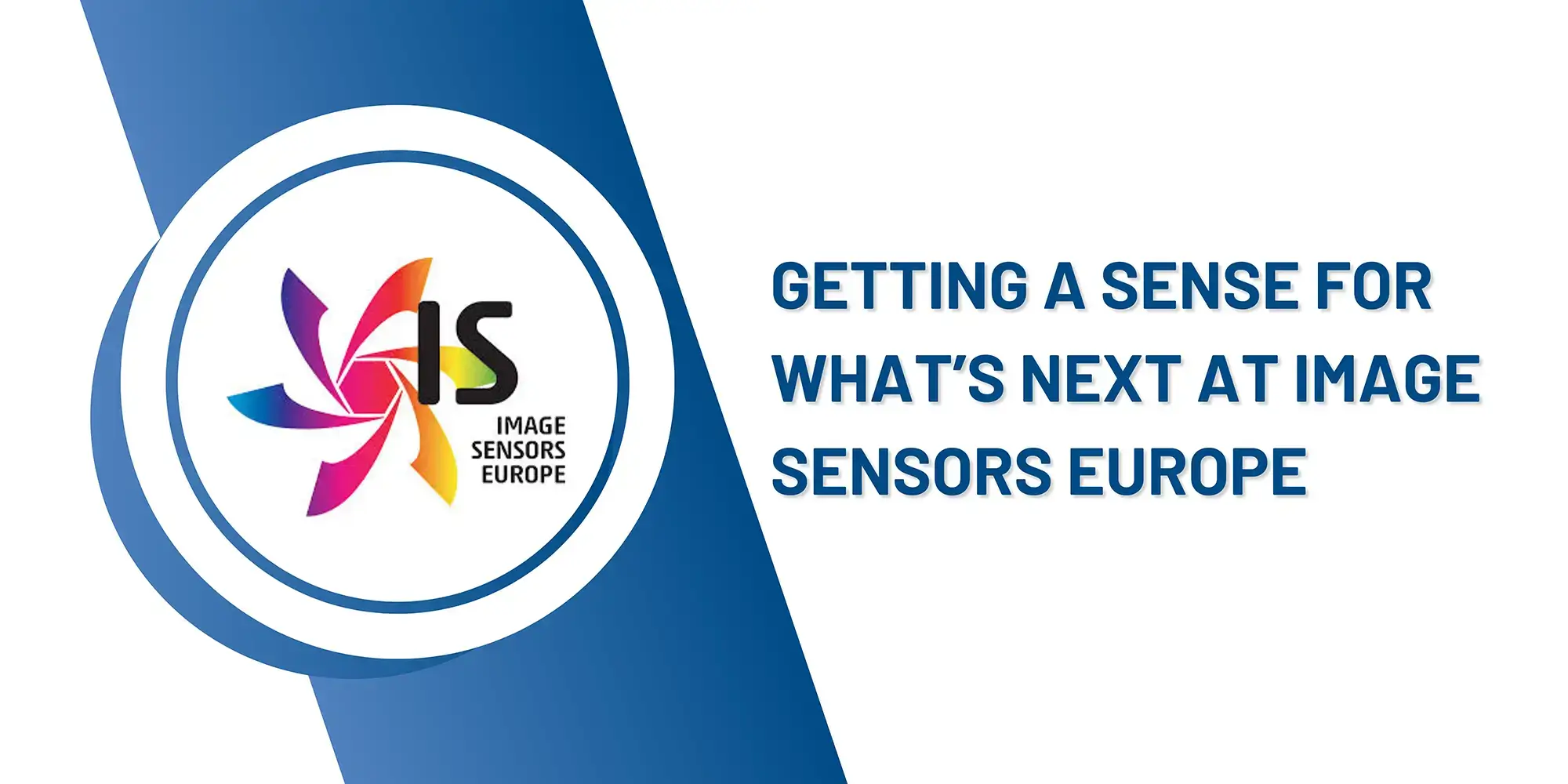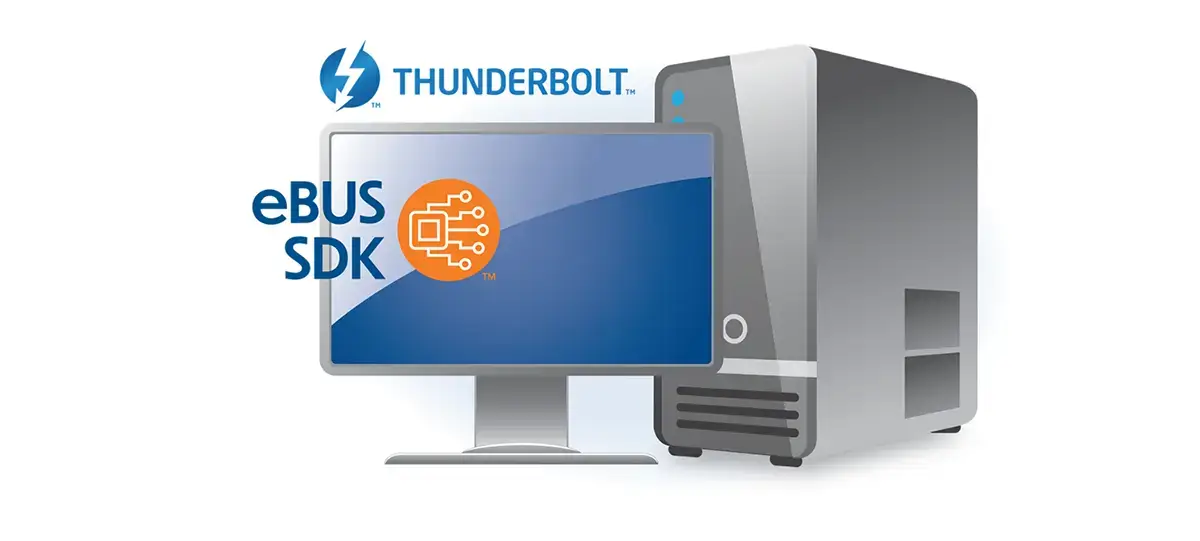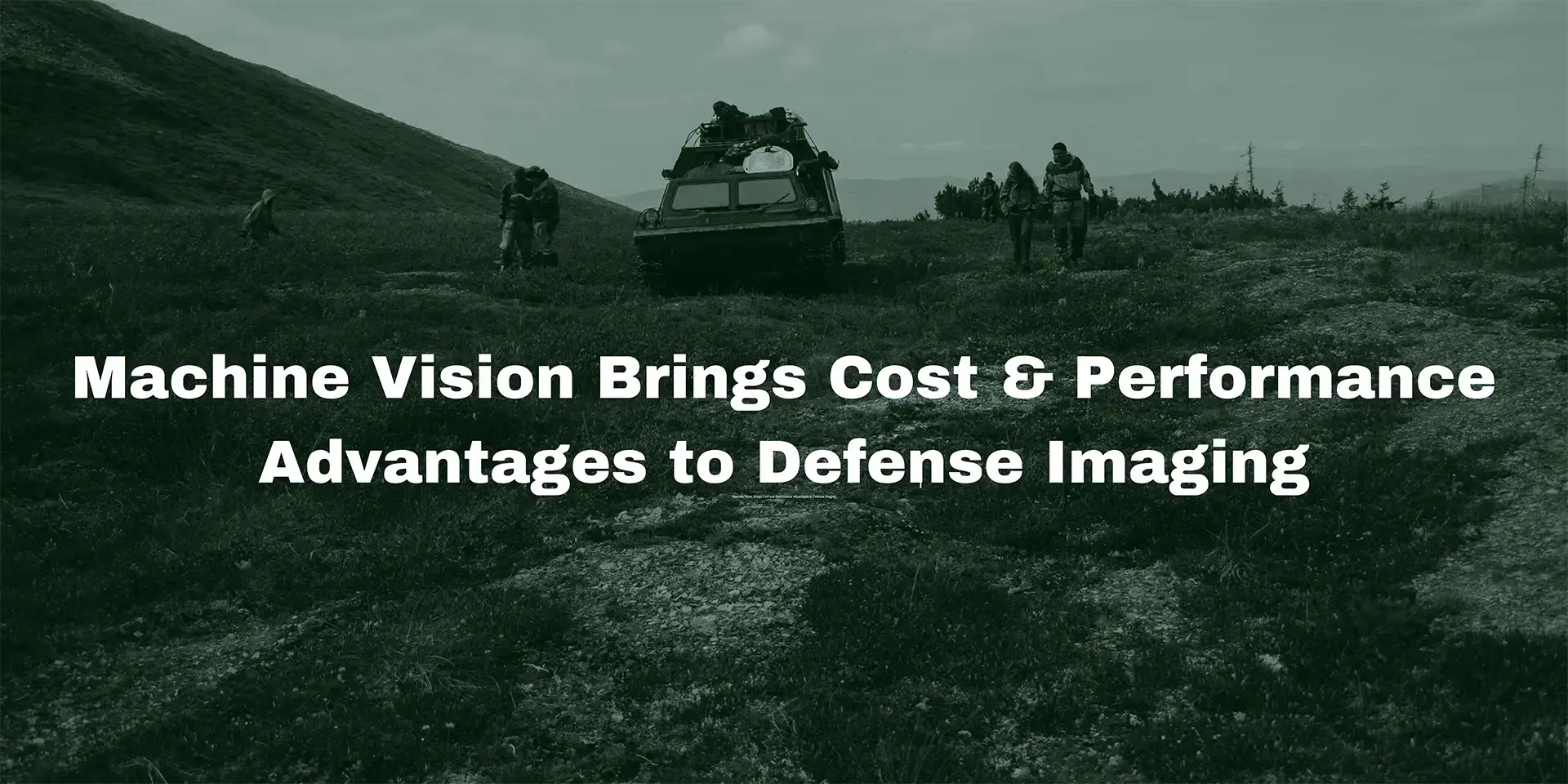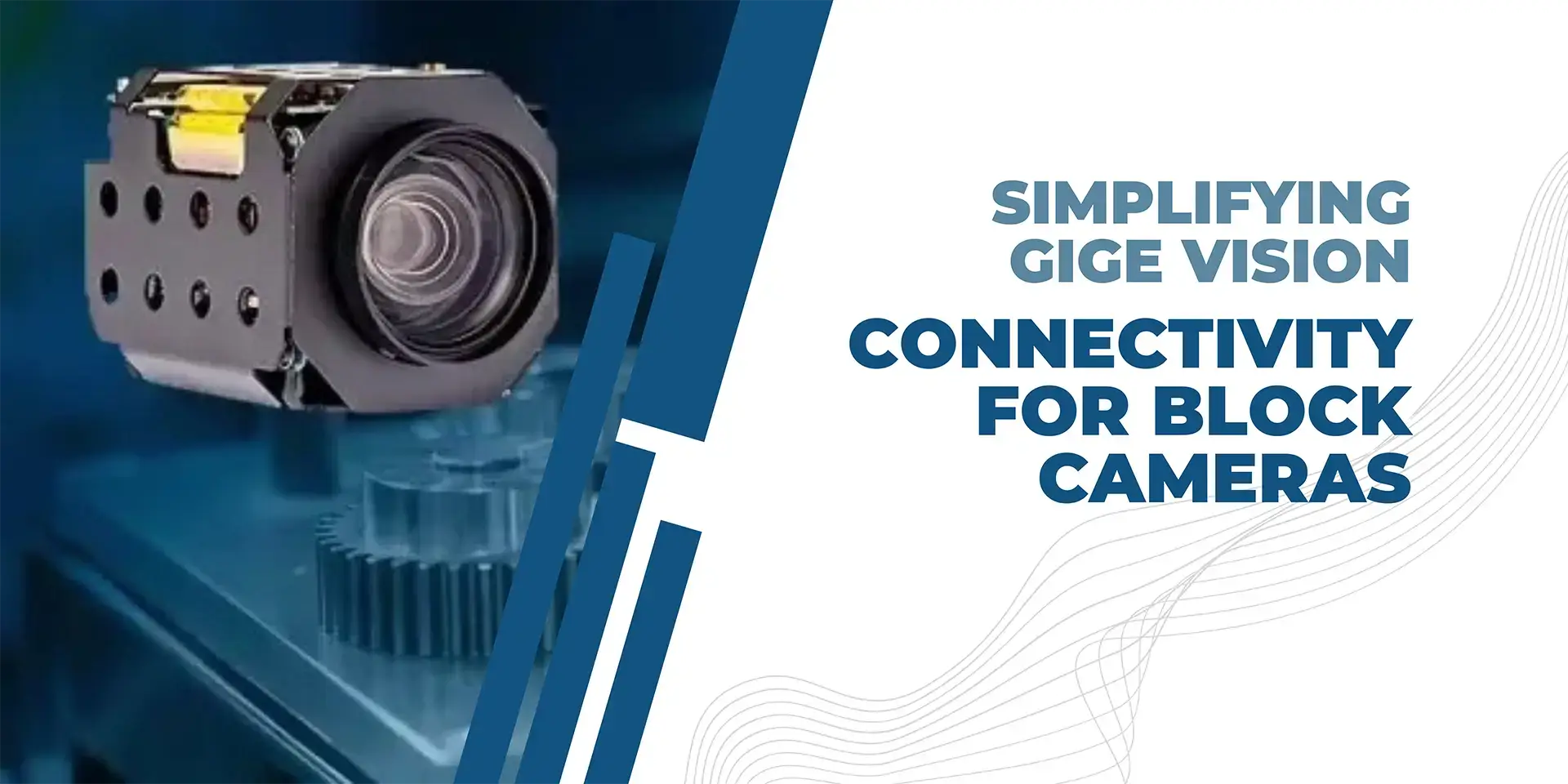
In the fast-paced and ever-changing world of machine vision, where speed, accuracy, and efficiency are at a premium, advancements in technology continuously drive innovation. One such innovation that has transformed the landscape of machine vision is multi-part transfer, a technique that revolutionizes the way in which data is transferred and processed within imaging systems. This data is commonly image data from multiple sources or regions (for example 3D) and associated metadata (such as sensor information, GPS data, timestamp, etc.)
Multi-part transfer is a method implemented in machine vision systems to transfer data from the camera to the processing unit in multiple parts or chunks, rather than in one single continuous stream. This approach breaks down the data into smaller packets, which are then transmitted and processed concurrently, significantly reducing latency, and improving overall system efficiency.
There are numerous advantages to using multi-part transfer, including higher throughput rates. Multi-part transfer allows machine vision systems to achieve higher throughput rates by simultaneously parallelizing data transfer and processing tasks. By dividing the data stream into smaller parts and processing them concurrently, the system can handle larger volumes of data in a shorter amount of time, increasing overall productivity and throughput.
Another advantage of multi-part transfer is its ability to minimize latency in data transmission and processing. By breaking down the data stream into smaller components and processing them at the same time, multi-part transfer significantly reduces the time it takes for the system to respond to inputs or generate outputs, enabling real-time performance in time-sensitive applications.
Multi-part transfer enhances the scalability of machine vision systems, allowing them to adapt to fast-moving workload demands and processing requirements. As the system scales up to handle larger datasets or, indeed, more complex tasks, multi-part transfer ensures efficient utilization of resources and prevents bottlenecks in data transfer and processing pipelines.
By distributing data transfer and processing tasks across multiple cores or processing units, multi-part transfer optimizes resource utilization within the machine vision system. This approach ensures that computational resources are fully utilized, minimizing idle time, and maximizing system efficiency.
Additionally, and conveniently, multi-part transfer offers flexibility and customization options for machine vision systems, allowing developers to tailor data transfer and processing workflows to specific application requirements. This flexibility and customization enable the implementation of optimized algorithms, task scheduling strategies, and data processing pipelines tailored to the unique needs of each application.
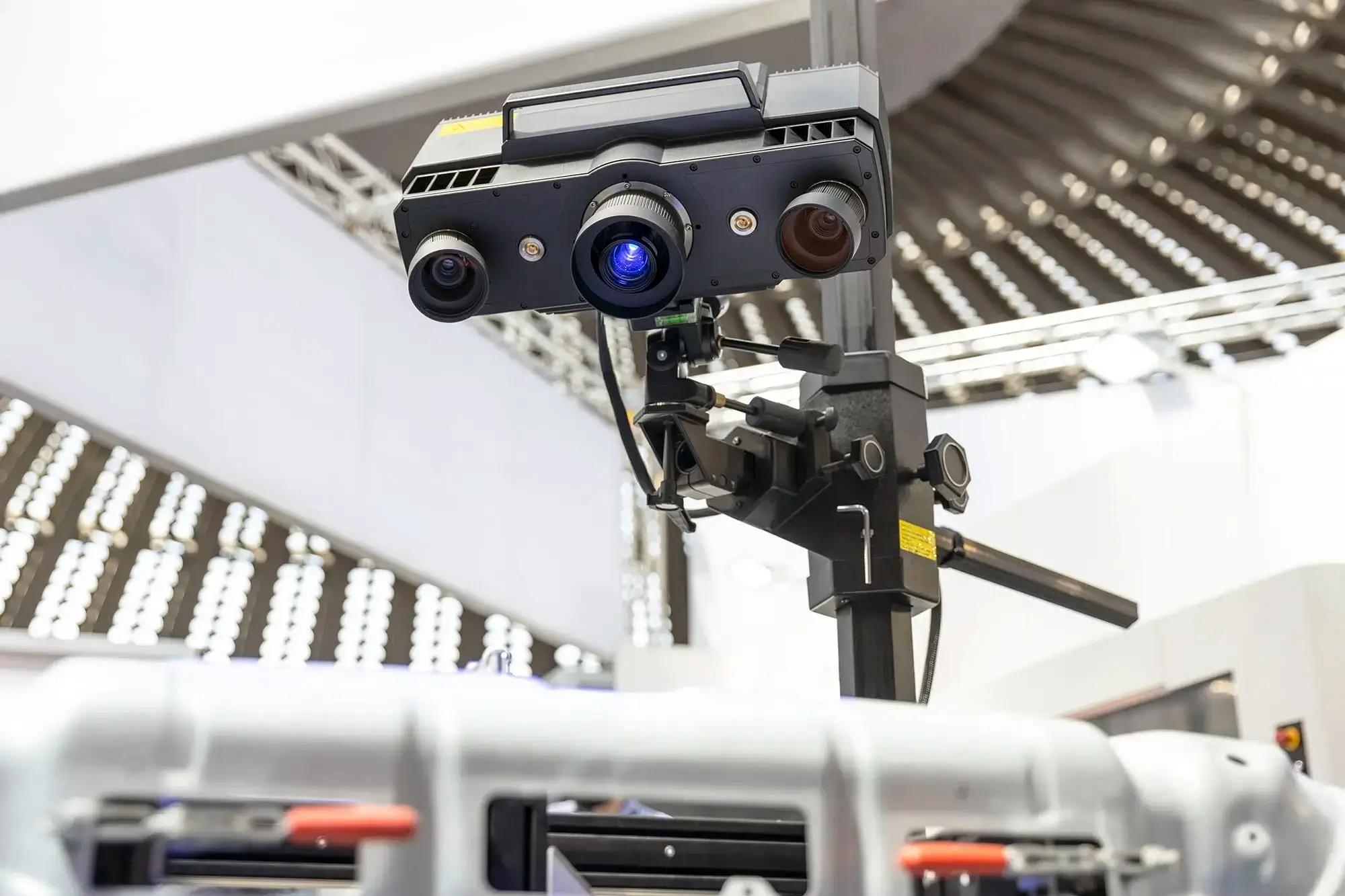
Lastly and very importantly, multi-part transfer enhances the robustness and reliability of machine vision systems by reducing the risk of data loss or corruption during transmission. By dividing the data stream into smaller packets and implementing error detection and correction mechanisms, multi-part transfer ensures the integrity and reliability of data transfer, even in the most challenging of environments.
A common use case for multi-part transfer in 3D inspection, where Pleora’s eBUS Edge provides a software-based transmit solution that ensures GigE Vision compliant interoperability with off-the-shelf machine vision processing. eBUS Edge enables reception of GigE Vision and GenICam compliant 3D data, via multipart payloads, for hand-off to processing libraries for further analysis.
Multi-part transfer is a genuine game-changing technique that revolutionizes the performance and efficiency of machine vision systems. By parallelizing data transfer and processing tasks, multi-part transfer enables higher throughput, reduced latency, enhanced scalability, optimal resource utilization, flexibility, and robustness.
As machine vision applications continue to evolve and demand increases for real-time performance and efficiency, multi-part transfer will play an increasingly crucial role in maximizing the capabilities of machine vision systems across various industries and use cases.
